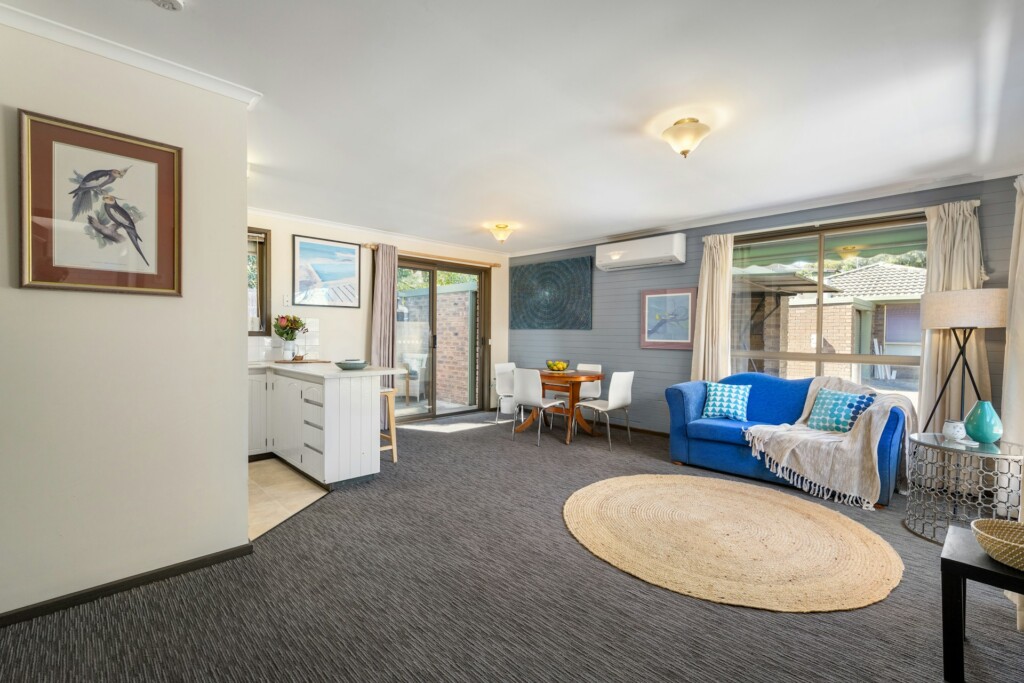Indoor air quality matters more than most people realize. The air inside your home shapes your comfort, your energy levels, and your overall health. If you start sneezing every time your system kicks on, or you worry about allergy flare-ups, this is the blog for you.
A well-maintained HVAC system is one of your best allies for clean air at home. But which steps move the needle? This post shares practical, evidence-backed clean air tips for boosting air quality using your HVAC. You’ll learn how to assess your system, choose the right filters, add proper ventilation, and form habits to keep your air virtually dust-free.
By the end, you’ll be equipped to make small changes that deliver a noticeable difference. Whether you’re googling “HVAC install near me” for a brand-new setup, or just want to get the most from what you already own, these strategies work for homes of any size.
Assessing Your Airflow for Hidden Issues
Before making big changes, start by observing how air moves through your space. Poor airflow means airborne particles settle and build up fast. Here’s what you can check and improve:
Signs of Airflow Obstructions
- Uneven heating and cooling in different rooms
- Dust building up around vents and return grills
- Doors that slam shut or swing on their own
- Unusual whistles or rattling from vents
These can signal blocked registers or leaking ductwork. For long-term relief, professional duct inspection is recommended—but single-room issues often trace back to blocked vents, closed dampers, or furniture set against returns.
Keeping Vents and Returns Clear
To ensure good airflow:
- Move furniture at least 6 inches from vents
- Regularly vacuum vent covers and the floor area nearby
- Check for curtains or rugs that block air movement
- Open all interior doors to support circulation
Solving these simple issues removes common airflow bottlenecks and lays the groundwork for cleaner indoor air.
Upgrading Your Filter for Better Clean Air
The right HVAC filter makes a world of difference. Not all filters catch the same particles, and those rated for “premium” filtration can grab far more dust, pollen, and even microscopic germs.
Understanding Filter Ratings
Look for the filter’s MERV rating. (The Minimum Efficiency Reporting Value goes from 1 to 16.) For most homes:
- MERV 8–11 is ideal for capturing common allergens
- MERV 13 filters even smaller particles, including many bacteria and smoke
Be sure to check your system manual or ask a technician if your blower can handle denser filters like MERV 13. Higher air resistance can cause strain if your system is not designed for it.
Setting a Filter Change Schedule
Don’t rely on memory. Set a routine reminder or calendar alert to replace filters:
- Every 1–3 months for homes with pets or allergies
- Every 3 months for average households
- Monthly if construction or heavy dust is present
Always use filters sized for your system. An ill-fitting filter leaves gaps, letting dust slip through.
Ventilation Solutions for Fresher Spaces
No matter how good your filter is, fresh air is crucial for diluting indoor pollutants and balancing humidity. Good ventilation can turn a stale home into a space that feels vibrant and energized.
Introducing Fresh Air
- Crack windows for at least 15 minutes a day (when weather allows)
- Use kitchen and bathroom exhaust fans when cooking or showering
- Consider a mechanical ventilator (ERV or HRV) if your home is very airtight
Some HVAC installs can integrate ERV or HRV systems for hassle-free fresh air year-round. If you’ve searched “HVAC install near me,” ask about this feature.
Avoiding Common Ventilation Mistakes
- Don’t block or seal supply/exhaust vents
- Turn on the fan setting on your thermostat to circulate air between the heating and cooling cycles
- Don’t run exhaust fans for hours, which can bring in unfiltered outside air
Finding the right ventilation balance goes a long way toward a consistently healthy home environment.
The Role of Humidity in Air Quality
Dry or overly damp air can worsen indoor air quality. Balanced humidity helps the body’s natural defenses work better and reduces the spread of some viruses.
Optimizing Indoor Humidity
Aim for indoor humidity levels between 30% and 50%. This prevents mold growth but keeps air moist enough to soothe your nose and throat.
- Use a hygrometer to monitor indoor levels
- Run a humidifier in winter if you notice dry skin or static shocks
- If you spot condensation or persistent dampness, dehumidifiers manage risk and help prevent mold
Many new HVAC systems offer built-in humidity controls. If buying new equipment, this feature adds year-round benefits.
Regular Maintenance Means Cleaner Air
Routine HVAC service keeps critical components clean and efficient. A neglected system spreads not just dust, but also mold spores and even bacteria.
Essential Maintenance Tasks
- Schedule twice-yearly professional checks (spring and fall)
- Ask your technician to clean coils, drip pans, and drain lines
- Replace or clean reusable filters as instructed
- Have ducts inspected every few years, especially if you’ve done renovations or own pets
Regular tune-ups catch wear and buildup before they compromise your air quality.
Smart Habits for Every Home
Aside from technical ventilation solutions, smart daily habits have a real impact on indoor air:
- Remove your shoes to reduce dust tracked inside
- Dust surfaces with a damp cloth rather than dry, to trap particles
- Wash bedding and curtains regularly
- Minimize the use of aerosol sprays and harsh cleaners
These adjustments, paired with your optimized HVAC, keep your air consistently fresh.
Breathe Better, Live Better
Boosting your home’s indoor air quality does not require a complete system overhaul. Start by keeping vents clear and choosing the highest-quality HVAC filters your system supports. Add fresh air through ventilation, monitor your humidity, and make a habit of cleaning and maintenance.
If your HVAC system is aging or limited, now is the ideal time to explore newer options. Searching “HVAC install near me” can connect you with local professionals well-versed in modern indoor air quality features. The reward isn’t just a cleaner home, but greater well-being for you and everyone sharing the space.






